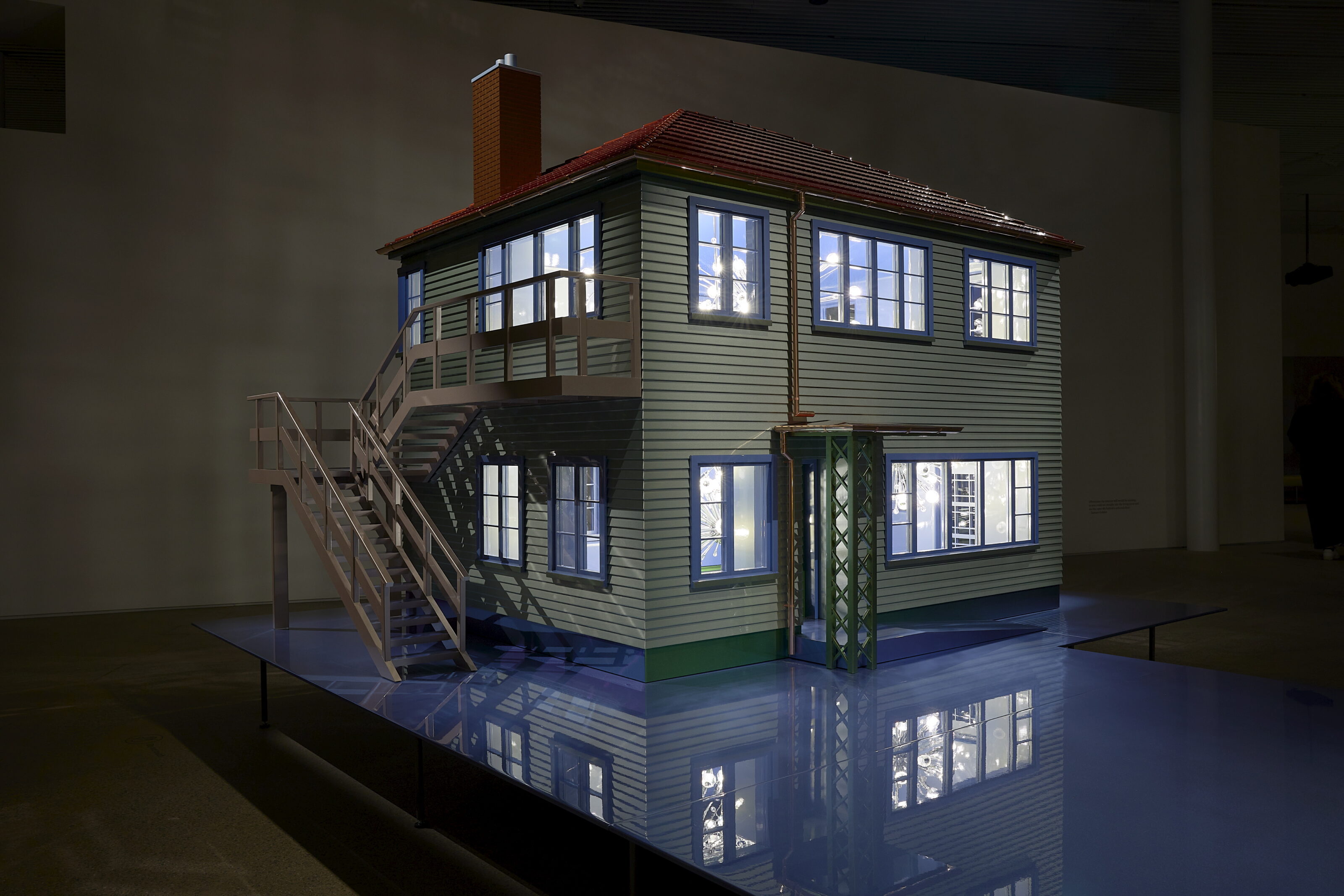Michael Parekōwhai
Biography
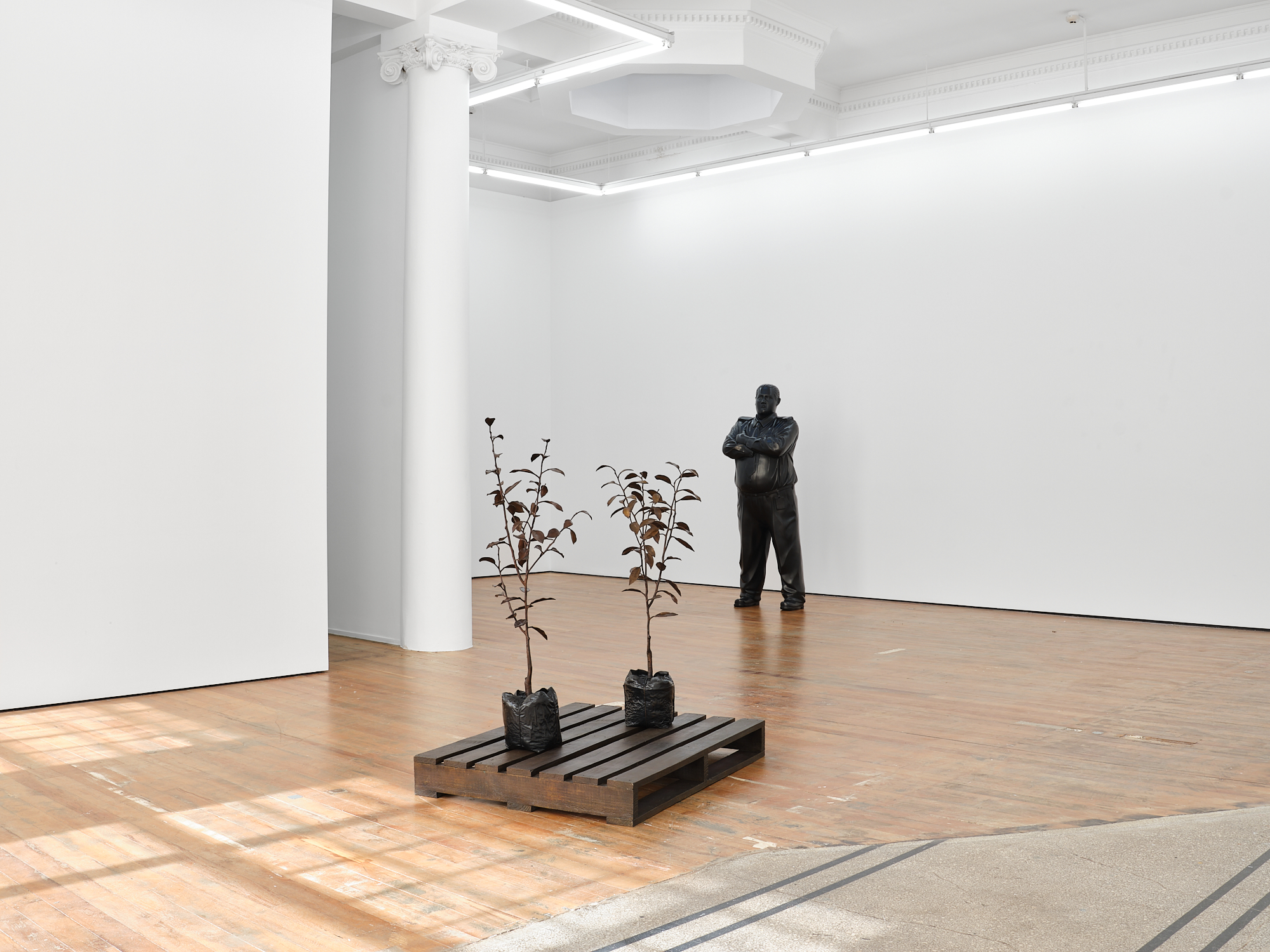
Michael Parekōwhai, 2023, Installation view, Michael Lett
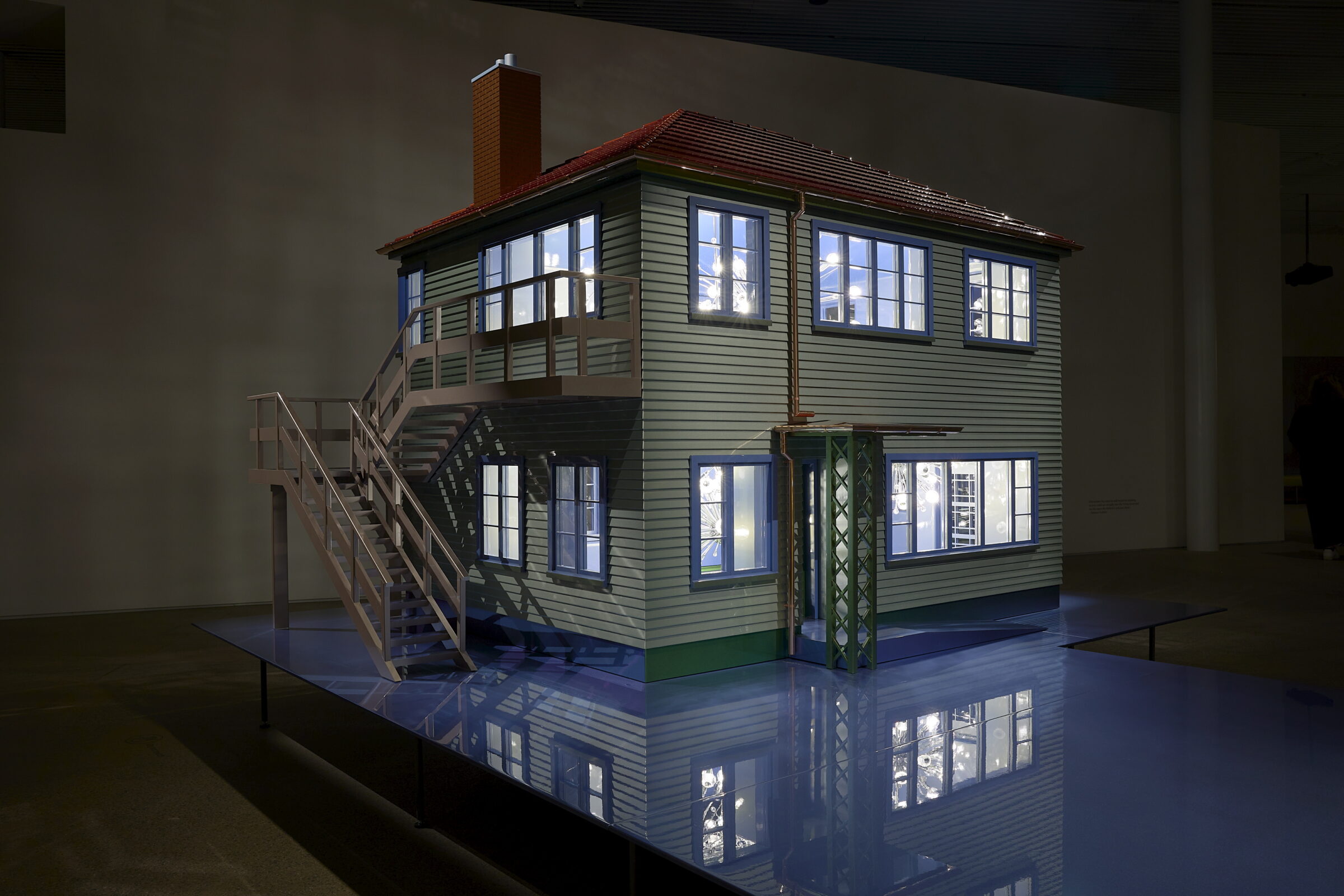
Michael Parekōwhai, Te Ao Hau, 2022 Installation view of the Dreamhome: Stories of Art and Shelter exhibition in the new building at the Art Gallery of New South Wales. Photograph: Mim Stirling
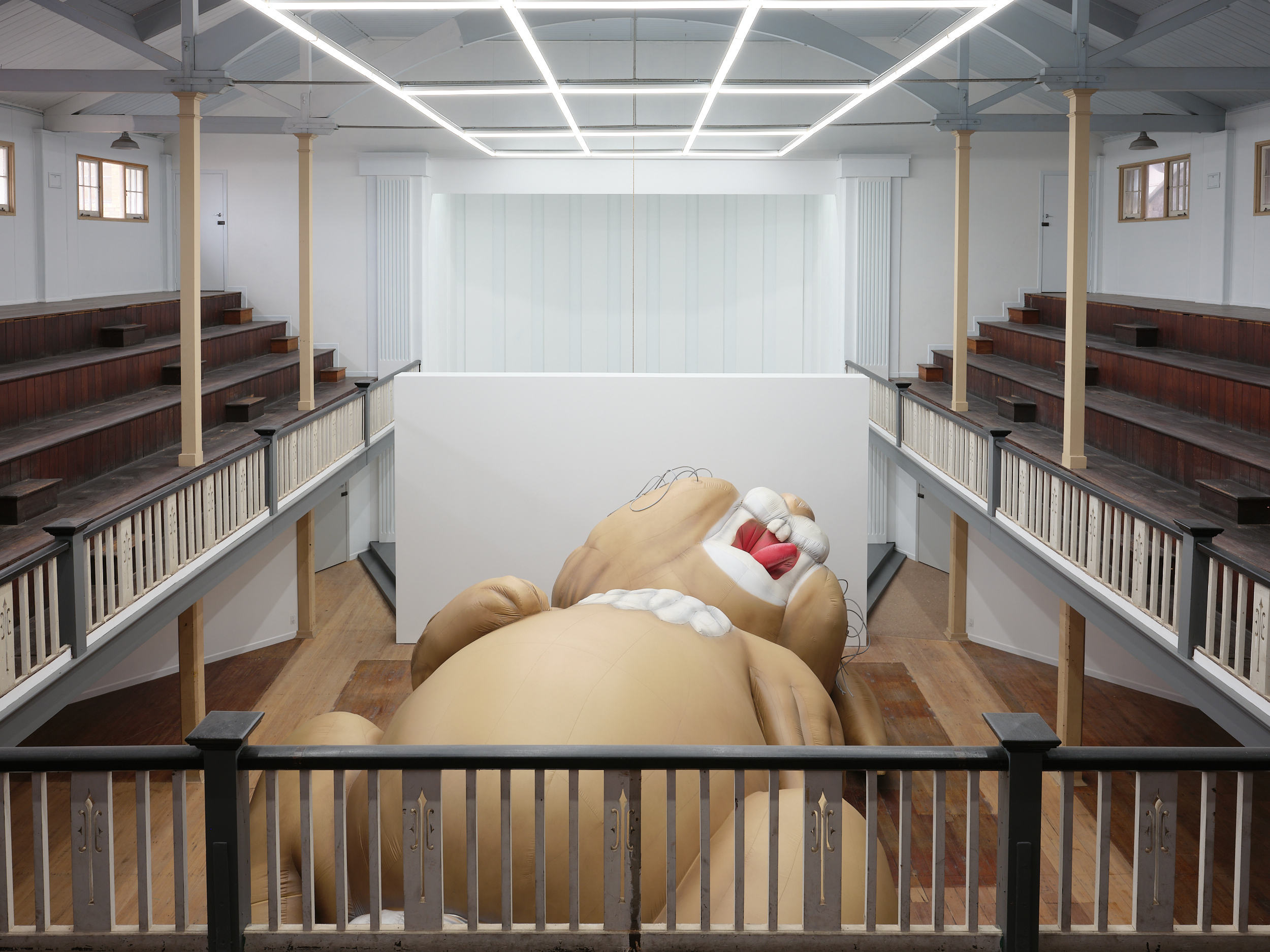
Michael Parekōwhai, A Parekōwhai Project, 2022 Installation view, Michael Lett 3 East St
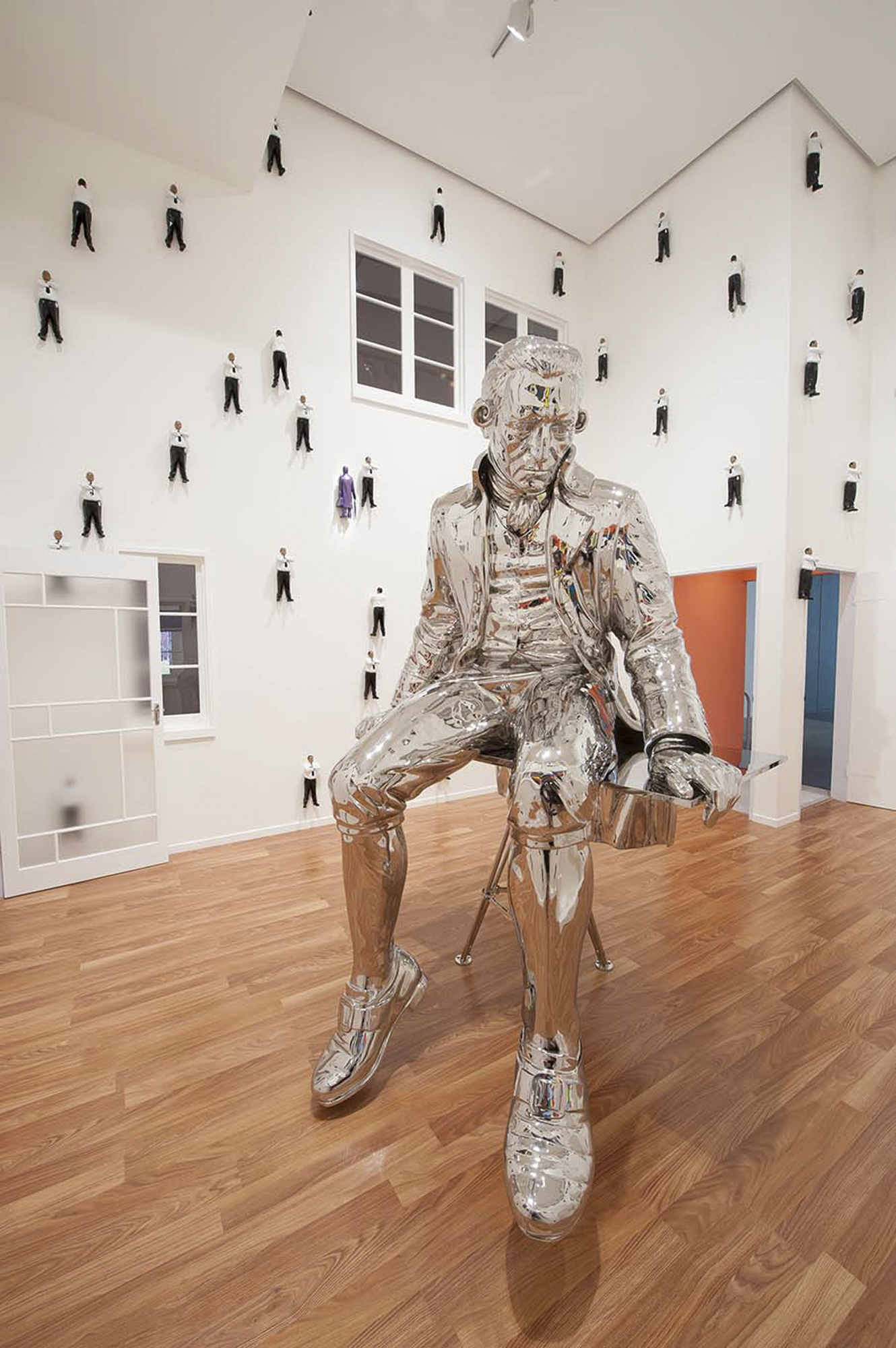
Michael Parekōwhai, The Promised Land, 2015 Installation view, GoMA, Brisbane
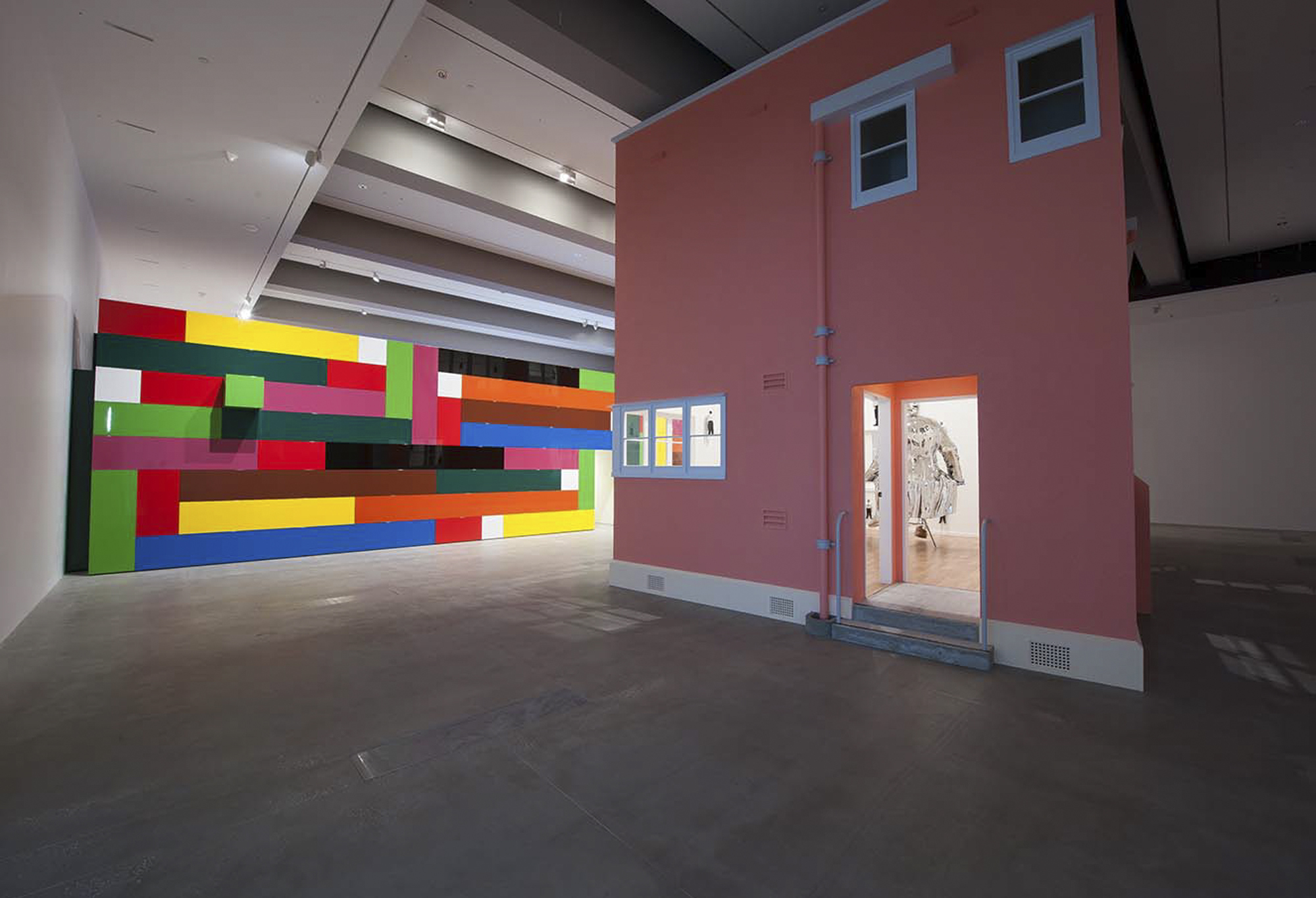
Michael Parekōwhai, The Promised Land, 2015 Installation view, GoMA, Brisbane
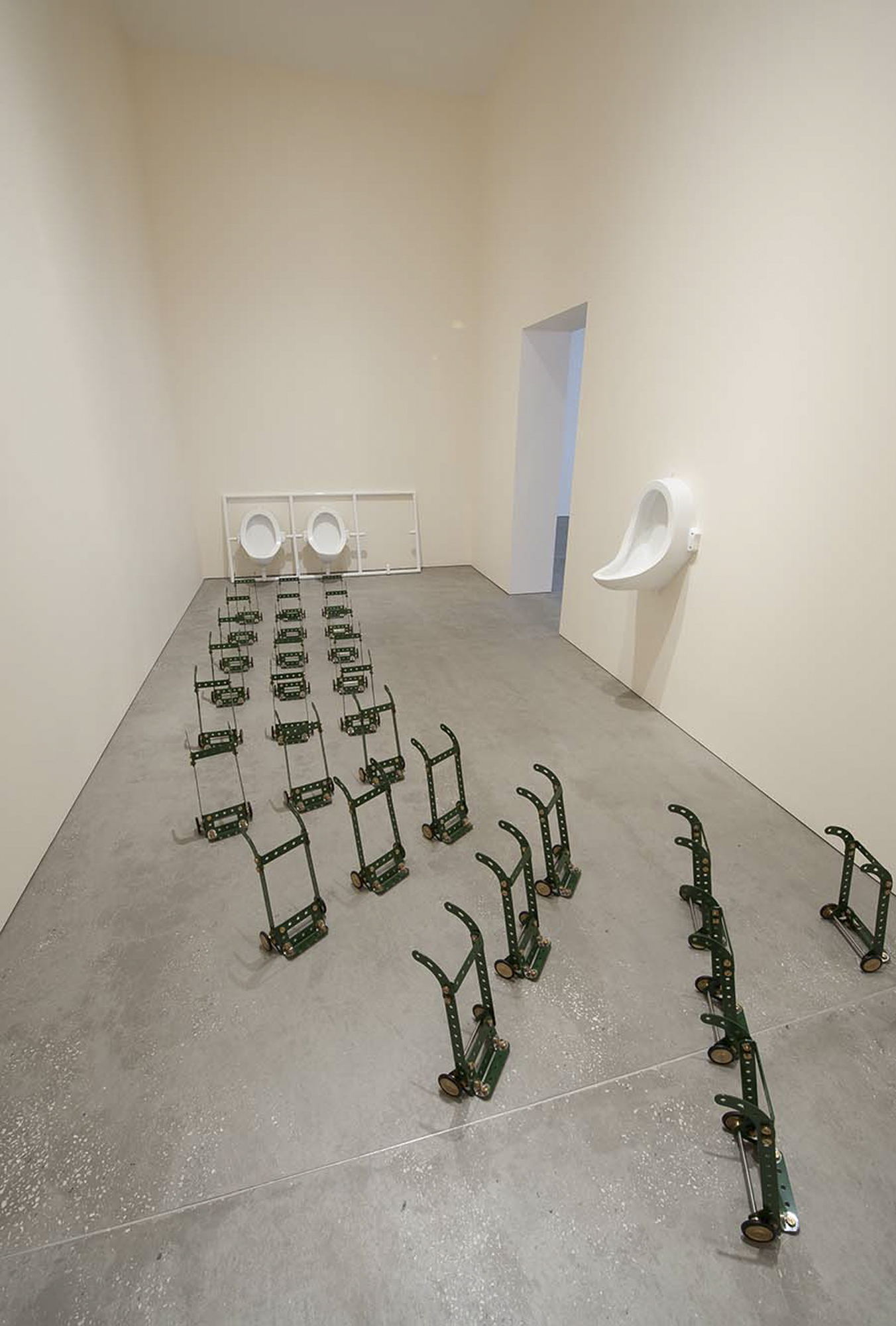
Michael Parekōwhai, The Promised Land, 2015 Installation view, GoMA, Brisbane
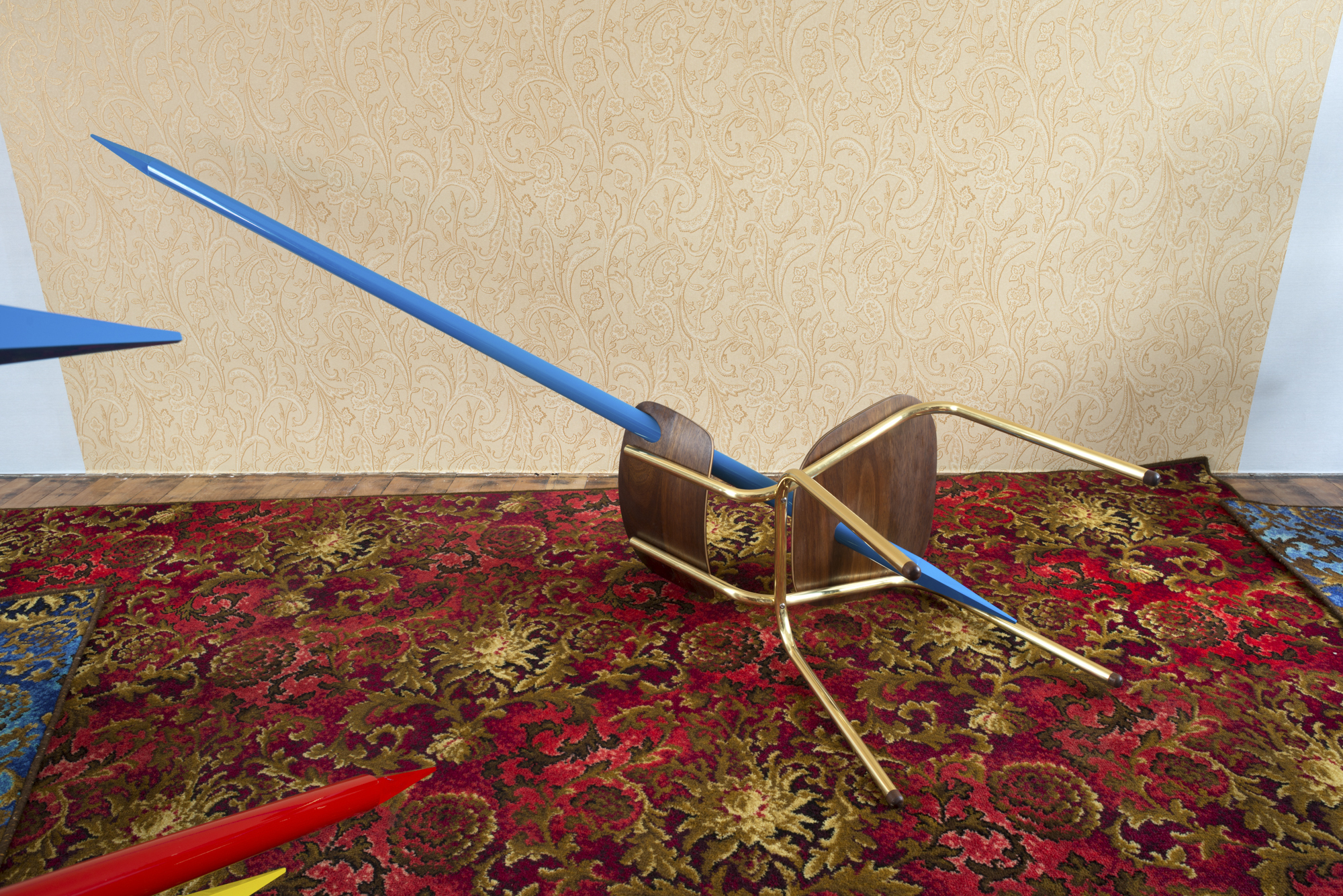
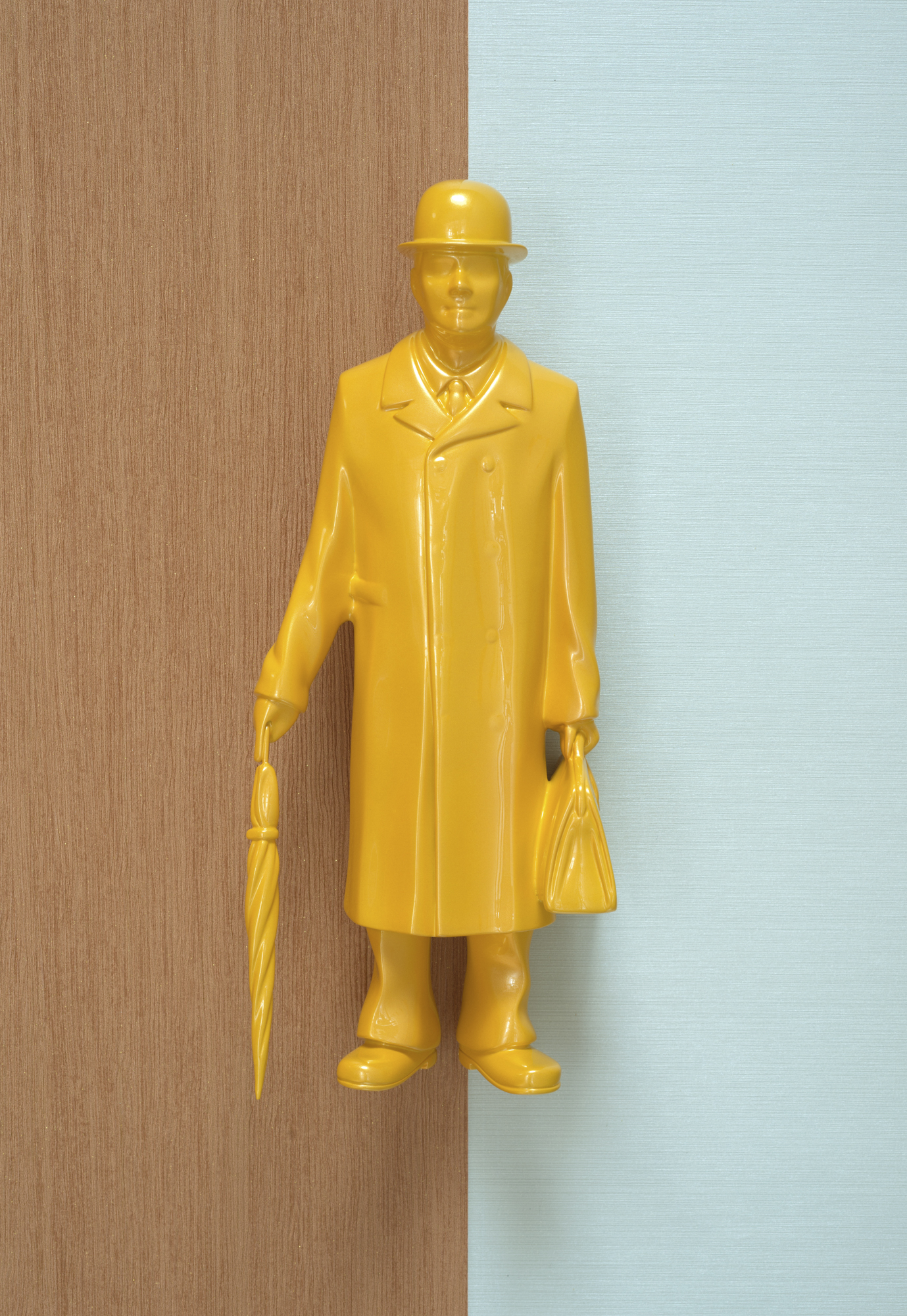
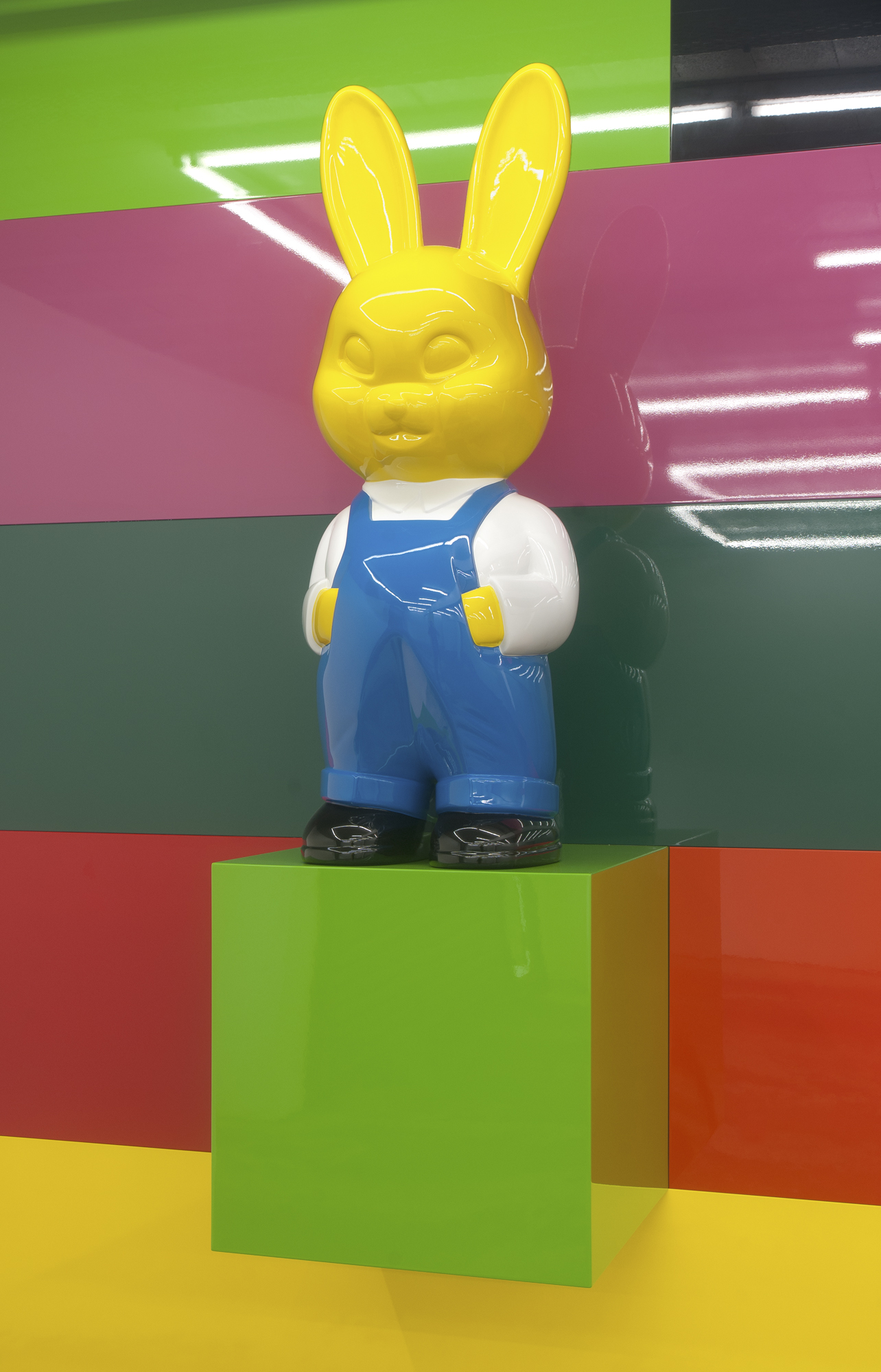
Michael Parekōwhai, The Far Side (detail), 2011, aluminium, automotive paint, fibreglass, dimensions variable
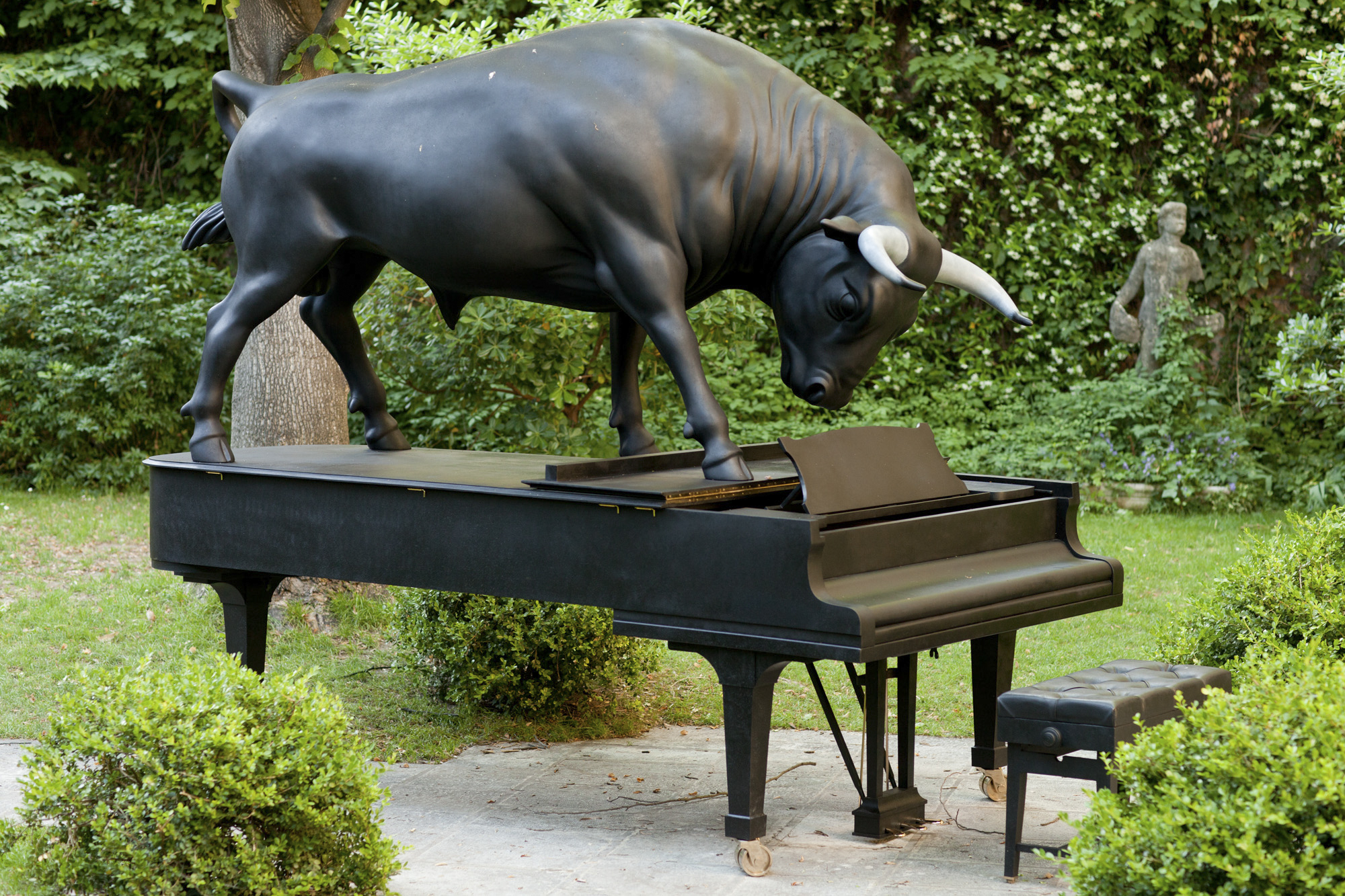
Michael Parekōwhai, Chapman’s Homer, 2011, bronze, stainless steel, two pieces: 2510 x 2710 x 1750 mm, 560 x 870 x 370 mm
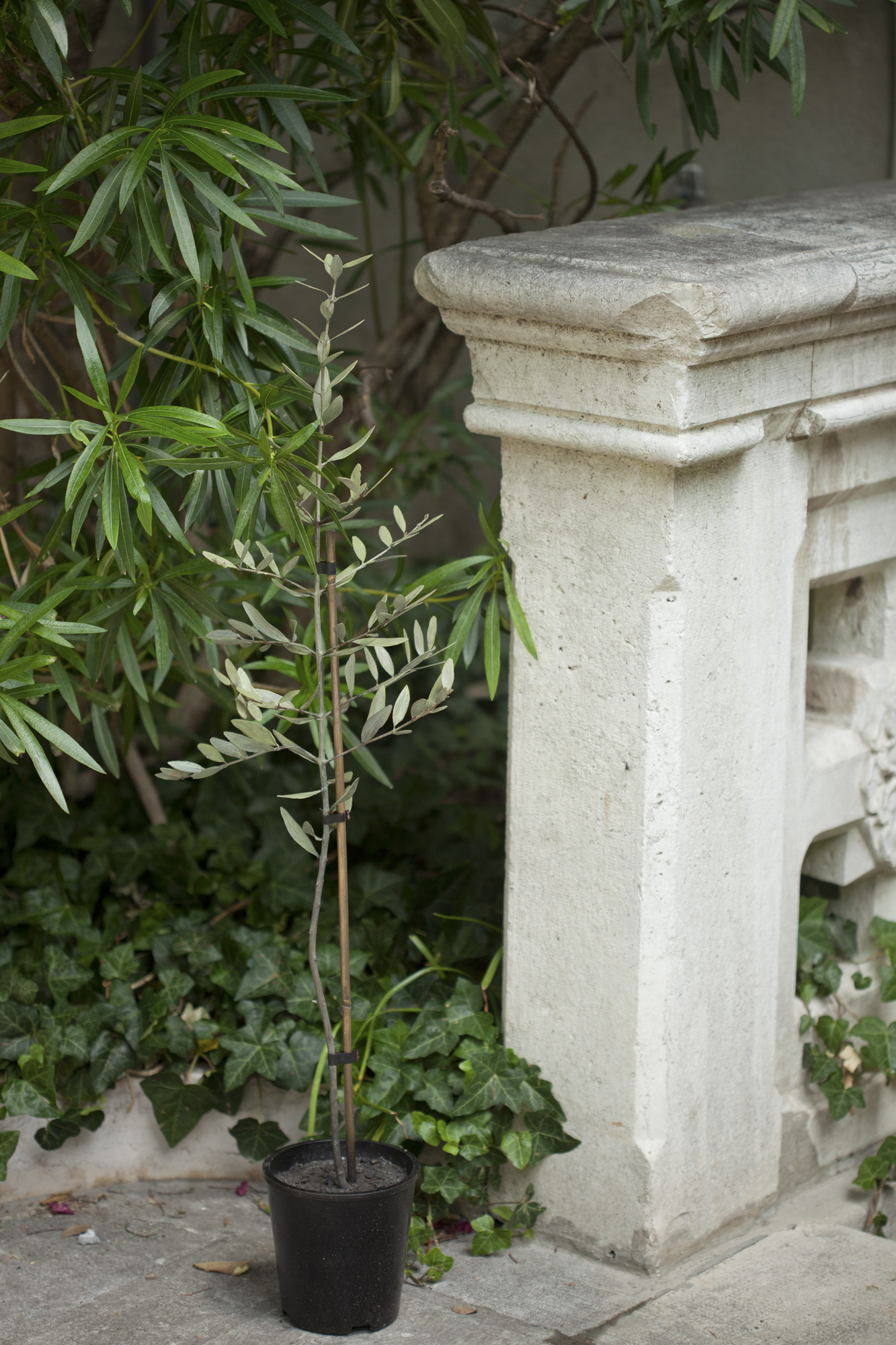
Michael Parekōwhai, Constitution Hill, 2011, polychromed bronze, 1100 x 350 x 350 mm
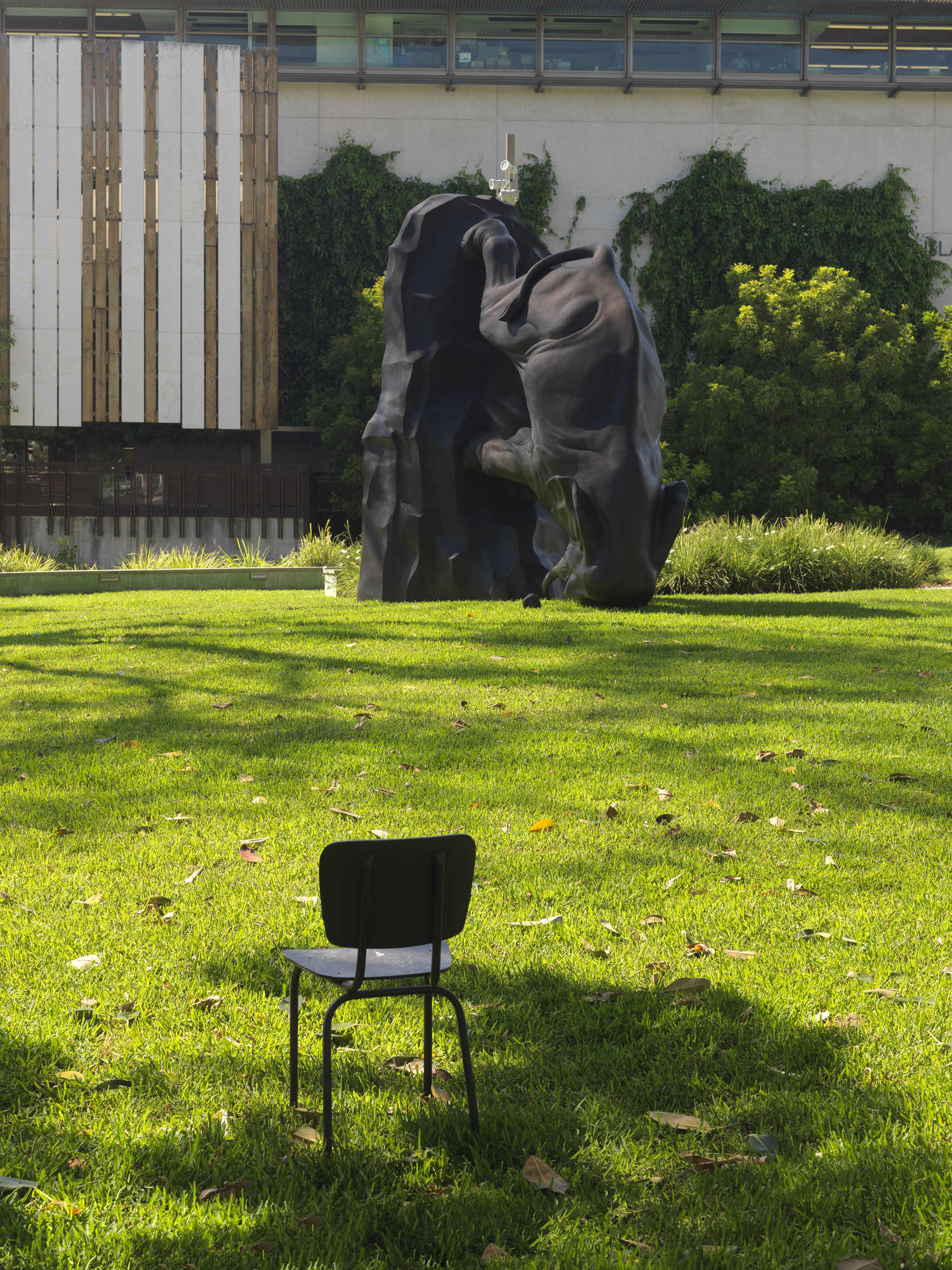
Michael Parekōwhai, The World Turns, 2011-12, bronze, 4.88 x 4.56 x 2.93 m Installation view, GoMA, Brisbane

Michael Parekōwhai, Kapa Haka, 2003 Installation view Michael Lett, Karangahape Road
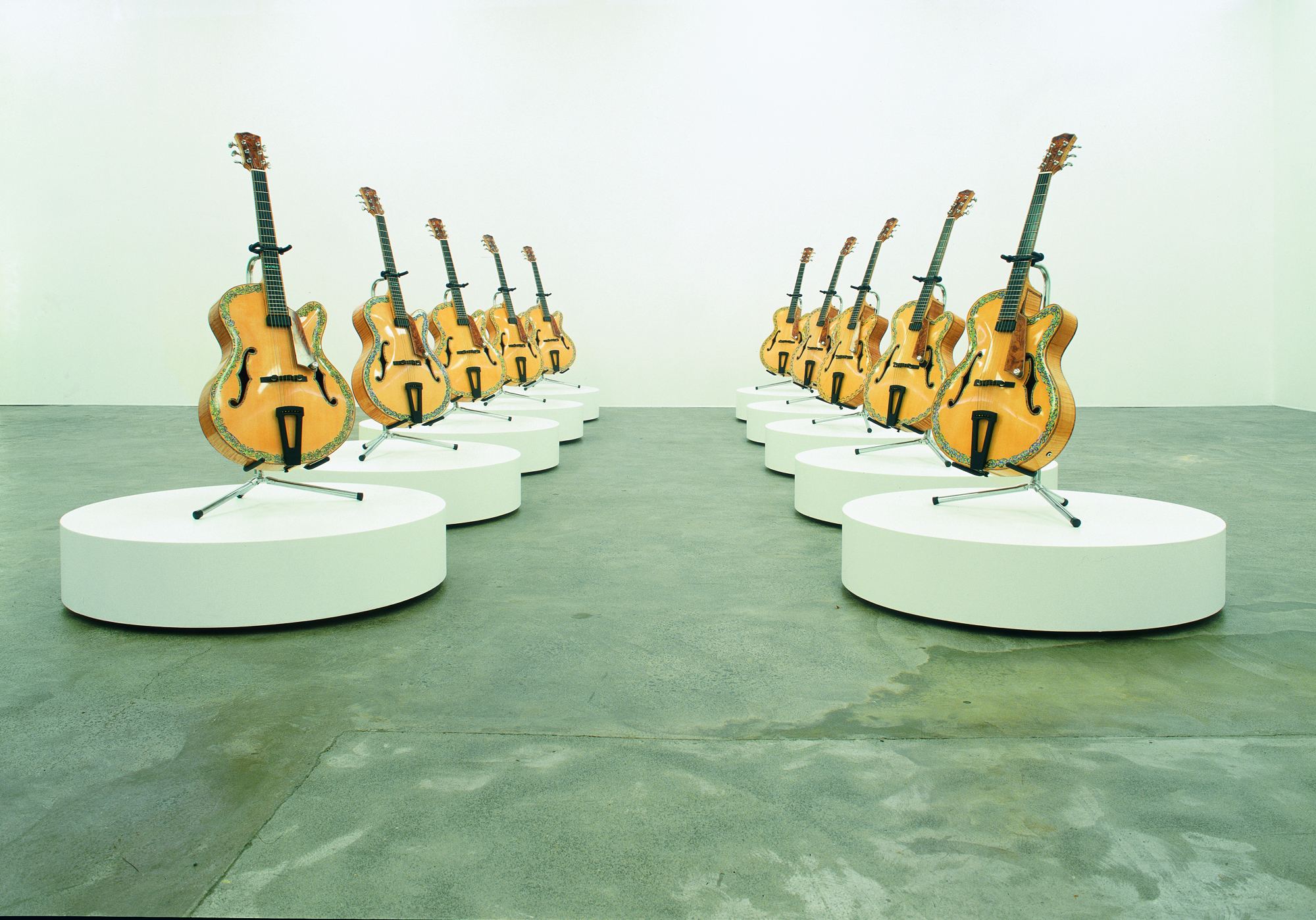
Michael Parekōwhai, Ten Guitars, 1999 Installation view, Artspace, Auckland
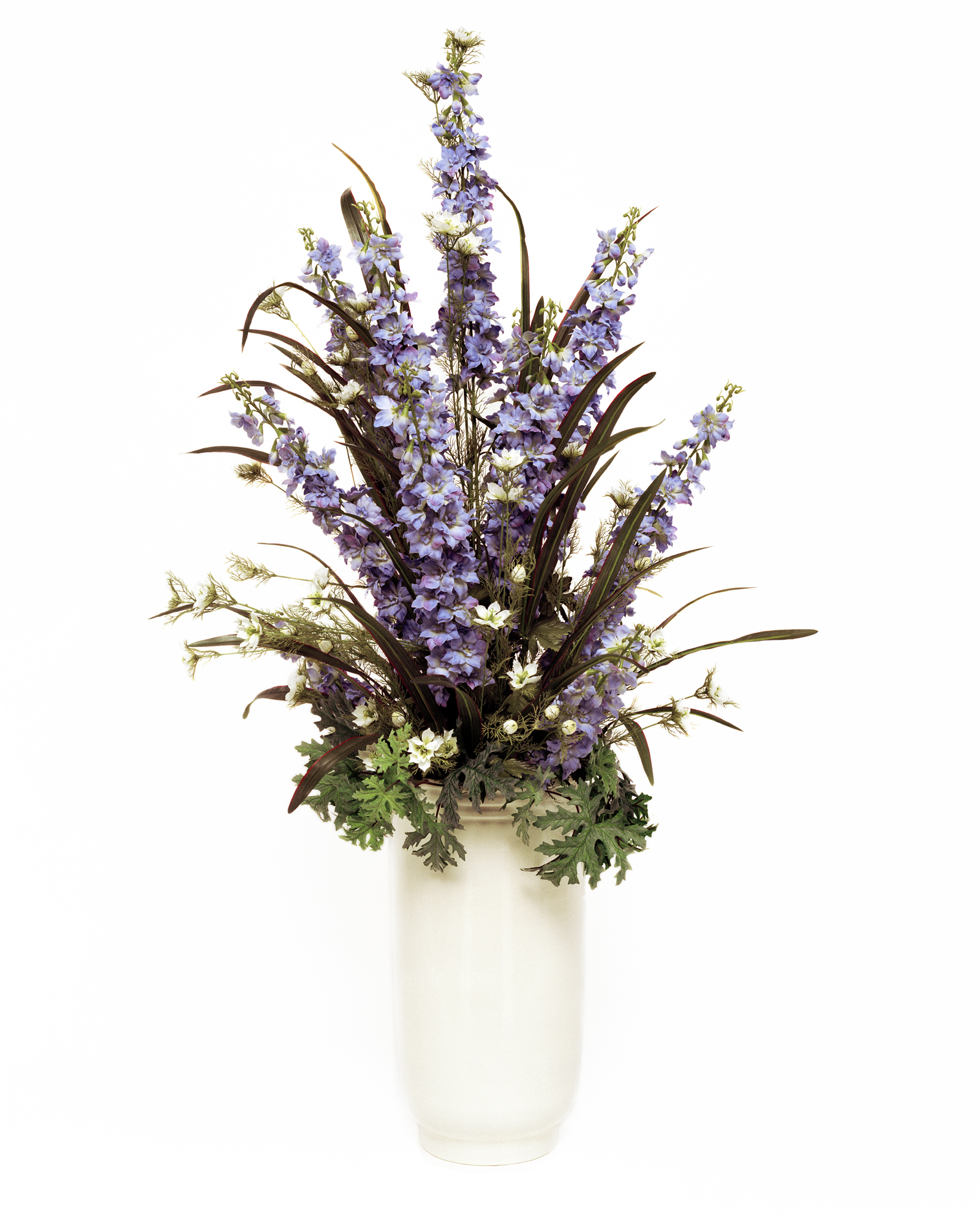
Michael Parekōwhai, Fish Alley, 2001, C-type colour photograph, 1550 x 1250 mm, from the Series The Consolation of Philosophy: piko nei te matenga

Michael Parekōwhai, The Consolation of Philosophy: piko nei te matenga, 2004 Installation view, Govett Brewster, New Plymouth
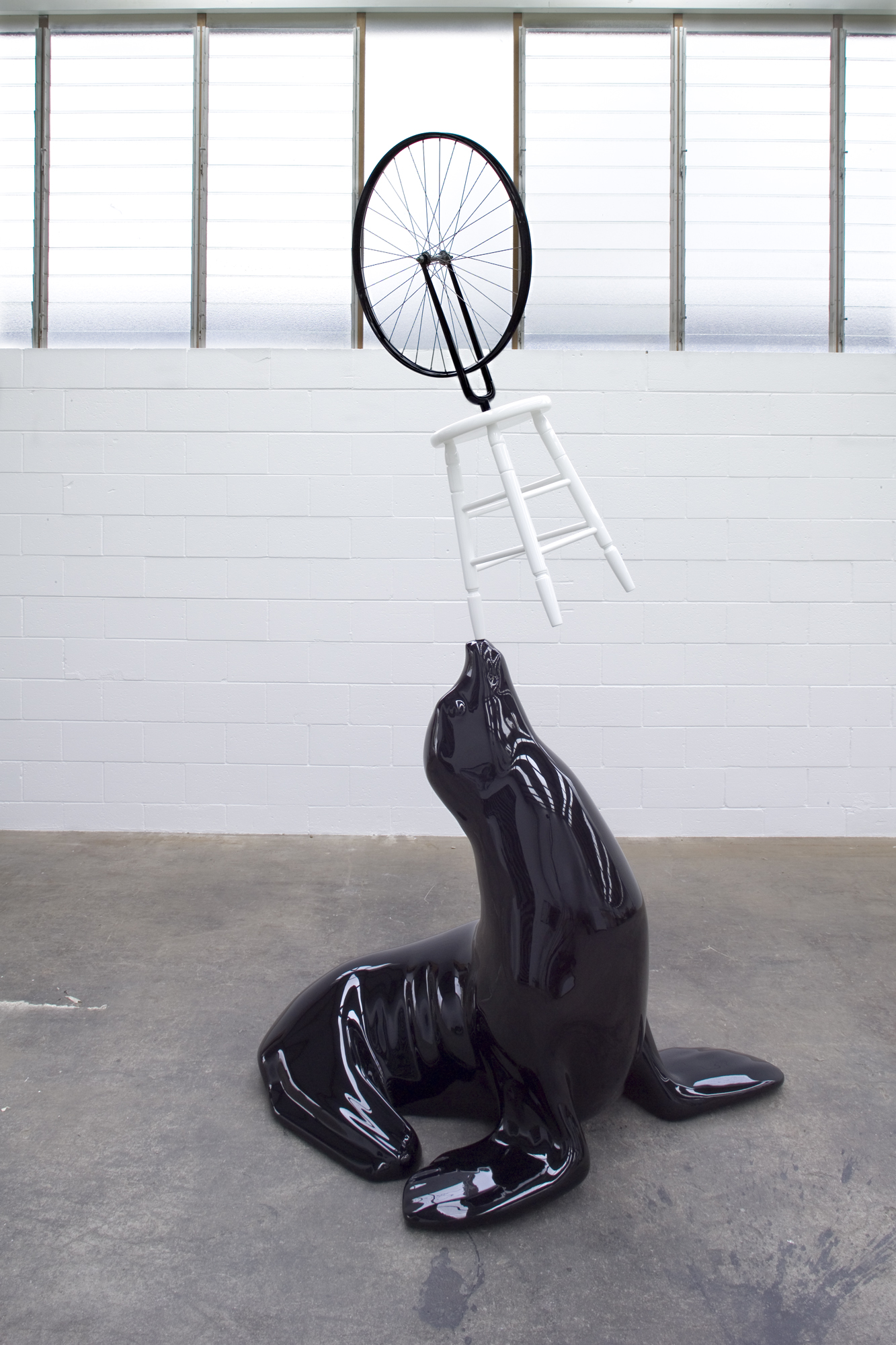
Michael Parekōwhai, My Sister, My Self, 2006, fibreglass, mild steel, wood, automotive paint, 2700 x 1500 x 1000 mm

Michael Parekōwhai, (The world may be) Fantastic: 2002 Biennale of Sydney,
Installation view, 2002.
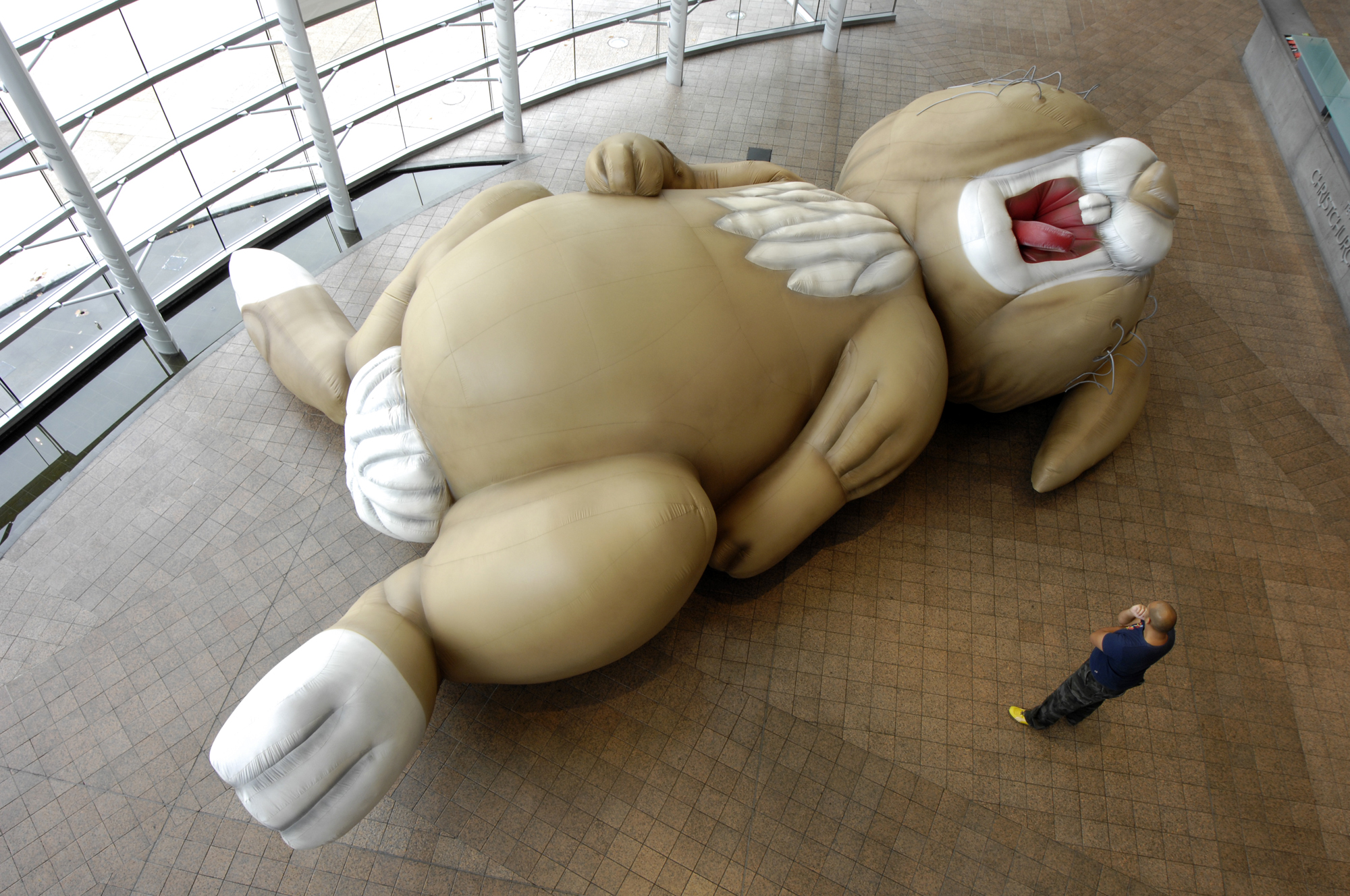
Michael Parekōwhai, Jim McMurty,2004, Installation view, Christchurch Public Art Gallery Te Puna O Waiwhetu
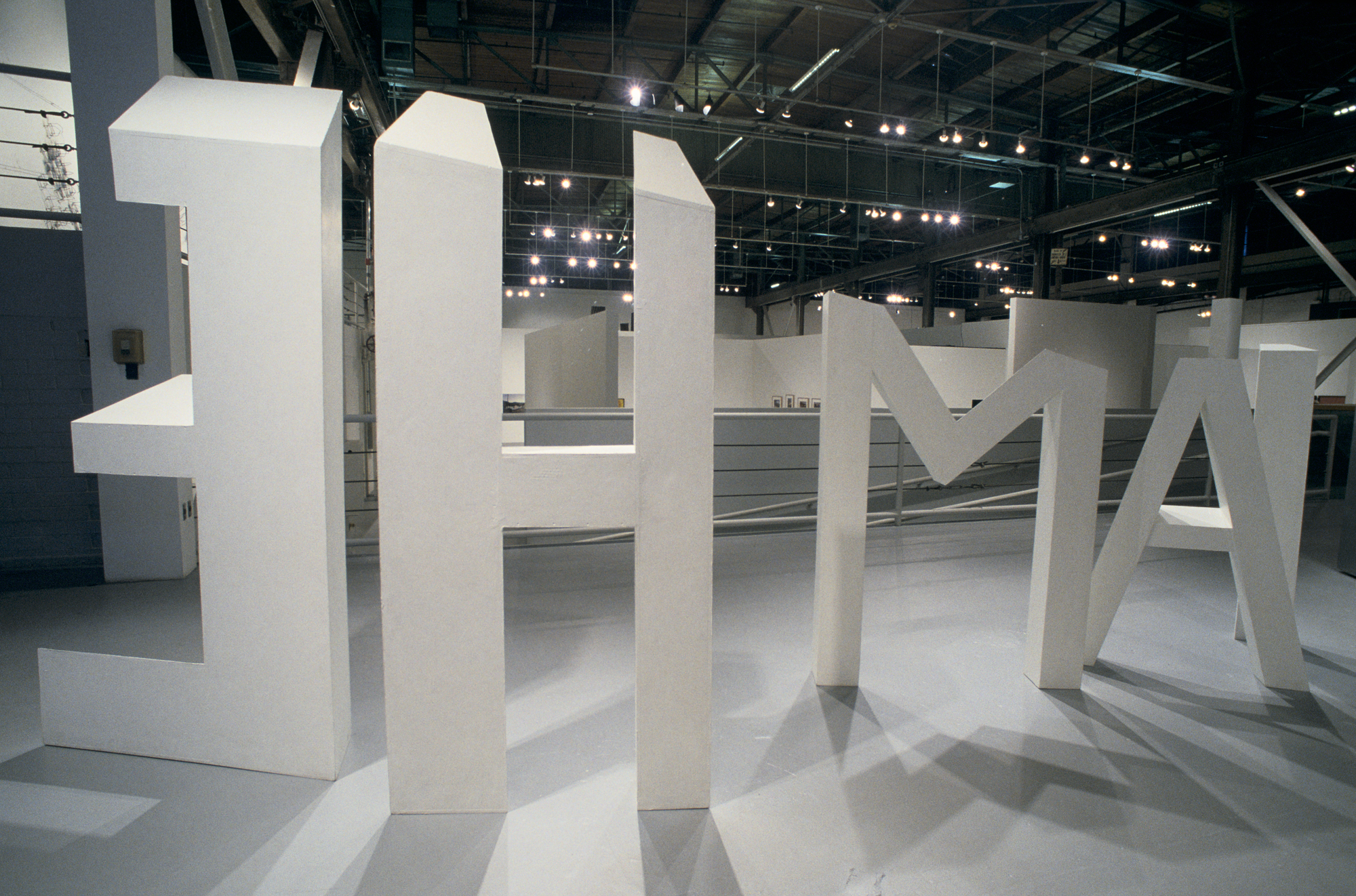
Michael Parekōwhai The Indefinite Article,
1990, Installation view, Flight Patterns, The Geffen, MOCA, Los Angeles, 2000
Michael Parekōwhai, Nine Lives, Installation view, Auckland Art Gallery Toi o Tamaki, 2003

Michael Parekōwhai, Atarangi, 2001, powder-coated aluminium, 200 x 800 x 100 mm
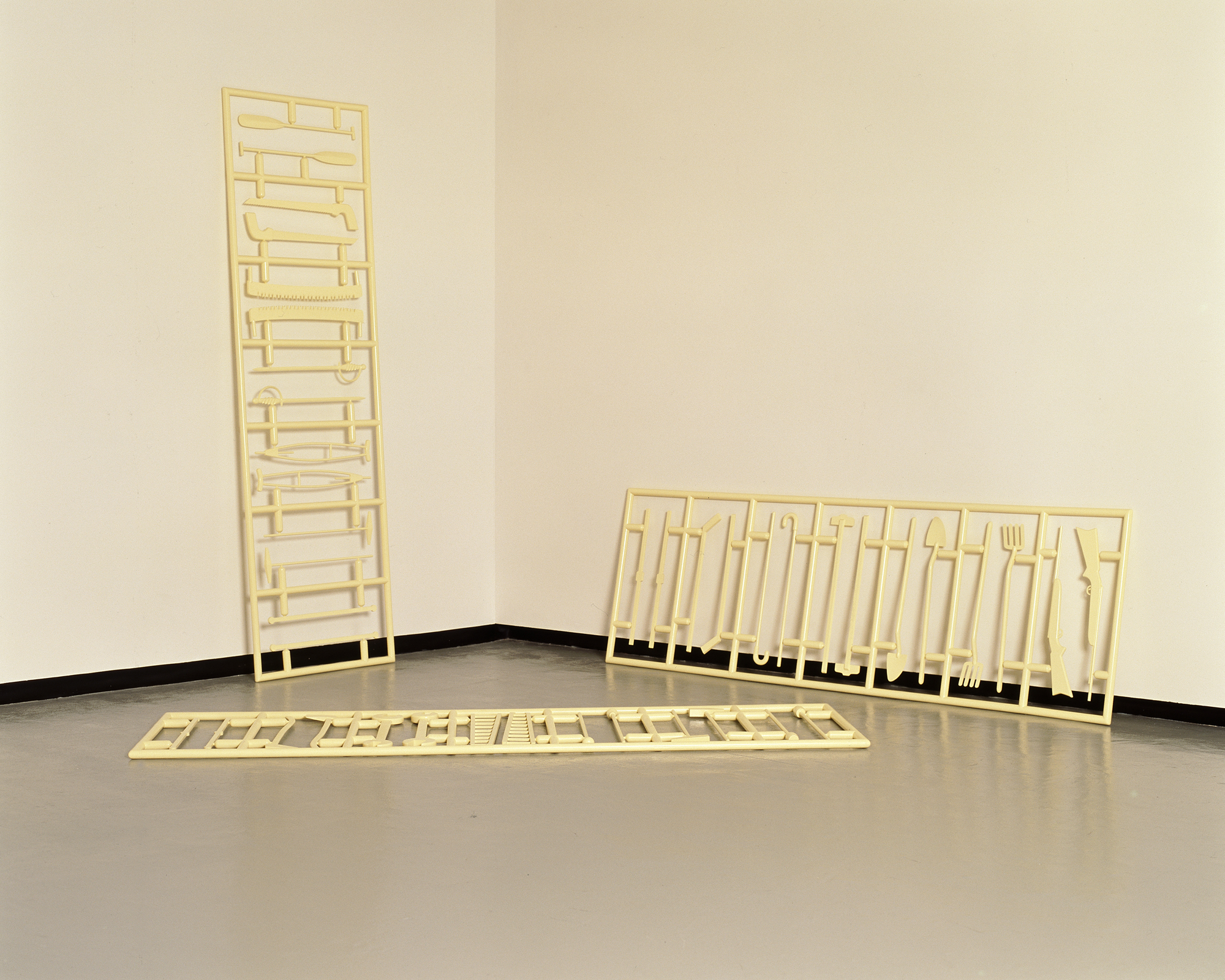
Michael Parekōwhai, Axe II, 1993, wood, enamel paint, 2840 x 900 x 400 mm (each)

Michael Parekōwhai, After Dunlop, 1989, polished oak and kauri, 1400 x 630 x 300 mm

Michael Parekōwhai, Te Ao Hau, 2022 Installation view of the Dreamhome: Stories of Art and Shelter exhibition in the new building at the Art Gallery of New South Wales. Photograph: Mim Stirling

Michael Parekōwhai, The Promised Land, 2015 Installation view, GoMA, Brisbane

Michael Parekōwhai, The Promised Land, 2015 Installation view, GoMA, Brisbane


Michael Parekōwhai, Chapman’s Homer, 2011, bronze, stainless steel, two pieces: 2510 x 2710 x 1750 mm, 560 x 870 x 370 mm

Michael Parekōwhai, The World Turns, 2011-12, bronze, 4.88 x 4.56 x 2.93 m Installation view, GoMA, Brisbane

Michael Parekōwhai, Ten Guitars, 1999 Installation view, Artspace, Auckland

Michael Parekōwhai, The Consolation of Philosophy: piko nei te matenga, 2004 Installation view, Govett Brewster, New Plymouth

Michael Parekōwhai, (The world may be) Fantastic: 2002 Biennale of Sydney,
Installation view, 2002.

Michael Parekōwhai The Indefinite Article,
1990, Installation view, Flight Patterns, The Geffen, MOCA, Los Angeles, 2000

Michael Parekōwhai, Atarangi, 2001, powder-coated aluminium, 200 x 800 x 100 mm

Michael Parekōwhai, After Dunlop, 1989, polished oak and kauri, 1400 x 630 x 300 mm
Michael Parekōwhai
(Ngāriki Rotoawe, Ngāti Whakarongo)
Born 1968, Porirua (NZ). Lives and works in Auckland (NZ)
Michael Parekōwhai draws upon an abundant range of both vernacular and collective vocabularies in his work. He re-manufactures these lexicons into complex narrative structures and formal languages, exploring perceptions of space, the ambiguities of identity, the shifting sensitivities of historical memory and the fluid relationship between art and craft. Ideas of camaraderie, tools of teaching and childhood learning, as well as quotes from modern art history and popular culture, also play out in many of Parekōwhai’s stories. While his work is often described as emphasising the extraordinariness of the ordinary, each body of work has layers of potential for meaning and significance—they are open to any depth of interpretation and storytelling.
Parekōwhai graduated with a Bachelor of Fine Arts from Elam School of Fine Arts, Auckland in 1990, followed by a Master of Fine Arts in 2000. Parekōwhai was selected to represent New Zealand at the 54th Venice Biennale in 2011 where he exhibited On First Looking into Chapman’s Homer at the New Zealand pavilion. In 2015 he exhibited The Promised Land, a retrospective survey of his practice at the Queensland Art Gallery | Gallery of Modern Art, Brisbane. In 2018, Te Papa Tongarewa opened its newly expanded contemporary art galleries with Détour, a major solo exhibition from Parekōwhai. His work has been included in: Dreamhome: Stories of Art and Shelter, Art Gallery of New South Wales (2022-2023); Toi Tu Toi Ora: Contemporary Māori Art, Auckland Art Gallery Toi o Tāmaki (2020); the 5th Asia Pacific Triennial of Contemporary Art, Queensland Art Gallery | Gallery of Modern Art, Brisbane (2006); the 5th Gwangju Biennale (2004); the 13th Biennale of Sydney (2002) and Headlands: Thinking Through New Zealand Art, Museum of Contemporary Art Australia, Sydney (1992).
Michael Parekōwhai was awarded the Arts Foundation of New Zealand Laureate award in 2001.
Close
